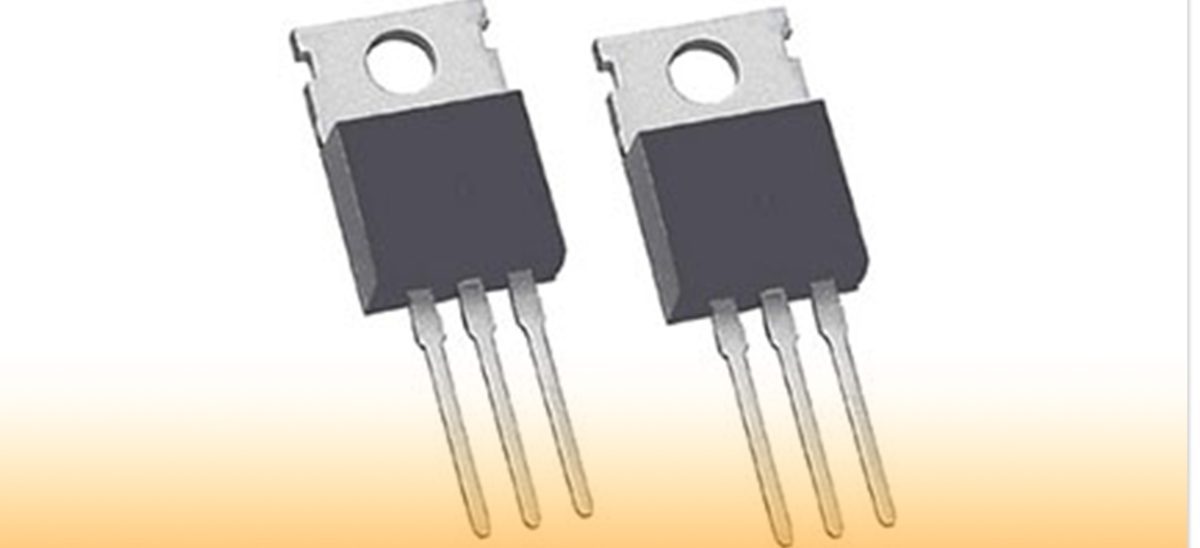Contents
How Does a High Current Regulator Work?
The primary purpose of a voltage regulator is current limiting. In order words, it creates and sustains a fixed output voltage. Even if you change the load condition or the input voltages, the constant output voltage will remain the same.
Also, voltage regulators maintain the nominal voltage a circuit receives from a switched-mode power supply within a suitable range for the regular operation of other electronic components in a circuit.
Most voltage regulators work for DC-to-DC conversions, but some can also handle AC-to-DC and AC-to-AC conversions.
Types of Voltage Regulators: Linear vs. Switching
We have two types of voltage you should consider before choosing or making a voltage regulator. These types include linear regulators and switching regulators.
Linear regulators are inexpensive and straightforward types of regulators with noise-free features. However, linear buck regulators have low or average power levels, and thus, they are most helpful in stepping down voltages of light loads. A linear regulator also has a compact size.
On the other hand, switching regulators have high power efficiency but have more complex designs, and they cost more than linear regulators. To top it off, they have a higher noise output. However, you can use a switching regulator as a step-up or step-down regulator.
Applications of Voltage Regulators
Here are some applications of the linear and switching voltage regulators:
- You can use linear regulators for low-budget, noise-sensitive, limited space, or low-current applications such as wearables, internet-of-things (IoT), and headphone devices.

Headphones
- You can use switching regulators for more general applications. And you can also use them for high-performance and efficient applications, such as consumer, automotive, enterprise, and industrial applications.

Automobiles
High Current Voltage Regulator Circuits Projects
This section will look at two types of voltage regulator circuits you can make for your project. We’ll discuss the two circuits: the high voltage 7812 voltage controller circuit and the high current adaptable voltage regulator circuit using LM338.
High Current 7812 Voltage Regulator Circuit
You can build a high current 7812 voltage with a transistor, and the transistor would help increase the load current power of the regulator circuit. Also, keep in mind that positive regulator types utilize NPN transistors, while -ve regulators use PNP transistors.
Additionally, this circuit is a perfect sample of a 12v DC voltage current controller circuit. It comes with IC 7812, intending to improve the load voltage of a 1A IC 7812 (up to 15A).
Note: If you use external transistors more, the higher load currents you get.
Hence, you can produce a high current 7812 voltage regulator by joining 3 MJ2955 complementary transistors.
Here’s the best part.
You can alter the load current power by adding more MJ2955 transistors (increase) or removing some transistors.
Additionally, you can use a resistor with 100R ratings or lower to safeguard your system from current swamping. So, with this resistor, you can stabilize the voltage the 1c 7812 receives.
Since the load current of the 7812 is not higher than 1A, you can use it as a protective fuse for the 1A output voltage of the IC. Thus protecting the IC from the high continuous current or constant current.
Also, you should install a heat sink for both the 1C MJ2955 and 7812 transistors to have an efficient heat sinking system for additional cooling for the load voltage or a thermal shutdown feature.
Note: heat sinking also prevents temperature rise. You can also include temperature shutoff features when reaching the maximum temperature.
Moreover, you can use a -ve regulator 7912 for this circuit. But, you’ll have to change the MJ2955 transistors to other transistors like the MJ3055, TIP3055, or 2N3055.
High Current Adaptable Voltage Regulator Circuit using LM338
This flexible voltage regulator circuit using LM338 can provide a regulated DC actual output voltage between 1.2v to 32v with an input uncontrollable DC supply from 1.5v to 35v.
The LM338 is an IC with an adjustable power supply with a three-terminal +ve voltage controller. Plus, it can supply five amps over 1.2 – 32 volts. Also, you only need two resistors to use this circuit. Also, here’s the target output voltage you can get with a variable resistor:
Vout = 1.25Volts (1+R2/R1) + Iadj R2
Components Needed
Here are the components you need for this circuit:
- C1 – 10µF/25V – CP Radial D4.0mm – P2.00mm (1)
- C2 – 4.7µF/25V – CP Radial D4.0mm – P2.00mm (1)
- R1 – 120Ω – R Axial DIN0204 D1.6mm L3.6mm – P5.08mm Horizontal (1)
- D1, D2 – 1N4007 – D-DO-41 SOD81 P10.16mm Horizontal (2)
- U1 – LM338 – TO- 220-3 Vertical (1)
- RV1 – 1KΩ – Potentiometer Bourns 3266Y Vertical (1)
- J1, J2 – Screw Ter 01×02 – JWT A3963 1×02 P3.96mm Vertical (1)
The LM338 is the significant component of this flexible voltage regulator circuit. You can connect input terminal 3 directly to the positive terminal (Vin). Also, connect pin 2 (Vout) to the pin screw terminal, an output range. Next, connect pin 1 to the GND via the variable resistor RV1.
So, you can alter the LM338’s regulated output voltage of this circuit by changing the values of R1 and RV1. Also, capacitors C2 and C1 perform filter operations, and D1 and D2 work as “reverse protection elements.”
Wrapping Up
Finally, let’s look at what you should consider before choosing the perfect voltage regulator if you’re not going to make one. First, you should understand the essential features like the Vout, Vin, Iout, and even system priorities.
Once you understand these parameters, find out what device meets your application requirements. You can use a parametric search table and the current graph to do this. And you can also use an efficiency graph to find the actual efficiency of your desired voltage regulator.
Also, a suitable voltage regulator would increase the battery life of your circuits if they use battery power.
Well, that wraps up this article. Don’t forget to contact us if you require further assistance or have more questions. We’re always happy to help.





